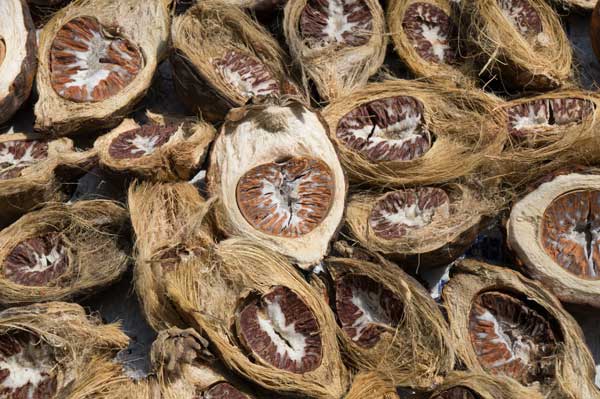
History And Significances Of Areca
Areca nut has a long history because of its antiquity. Reference to areca nut and its medical properties cited numerous times across the history books.
The Areca nut is a refreshing stimulant and endurance increasing seed that has been wildly used throughout Asia as a daily supplement. The tree is thought to have originated from Southeast Asia and spread through international cultivation.
Areca nut has a long history because of its antiquity. Reference to areca nut is available both in the Tatakas and in several Pali works. One of the Sanskrit fables, ‘Hitopadesha’, there, areca nut is described as pungent, spicy, bitter and sweet.
In ‘Mahabharata’ an ancient Indian epic text represented by ‘Sushruta’ ,son of Rishi Vishwamitra, said “Intelligent eaters will take either some fruit of an astringent, pungent or bitter taste or chew areca leaf prepared with broken Areca nut.
Many Arab authors also mentioned Areca nut benefits in their own way they said Areca nut
brightens the mind and drives away the anxiety. Whoever uses it becomes joyful, perfumed breath and perfect sleep. Even areca mentioned In a 16th-century cookbook, Nimmatnama-i Nasiruddin-Shahi,
European traveler ‘Herodotus’ in 340B.C mentioned Areca nut chewing; He is the first European to give recognition to Areca nut.
The Areca nut goes by many names. The most common of which are betel nut, Indian nut, Paan,
Pinang, and Bunga.
The Areca nut is technically its correct name; it is only referred to as betel nut as it is traditionally chewed along with betel leaf they’re not actually related in any way.
In parts of India, Sri Lanka, and southern China, areca nuts are not only chewed along with betel leaf, but are also used in the preparation of Ayurvedic and traditional Chinese medicines. Powdered areca nut is used as a constituent in some dentifrices.
Other traditional uses include the removal of tapeworms and other intestinal parasites by
swallowing a few teaspoons of powdered areca nut, drunk as a decoction, or by taking tablets
containing the extracted alkaloids. According to traditional Ayurvedic medicine, chewing areca nut with betel leaf is a good remedy against bad breath.
In the Indian subcontinent, the chewing of areca and areca nut dates back to the pre-Vedic period Harappan Empire. Formerly, in both India and Sri Lanka, it was a custom of the royalty to chew areca nut with betel leaf. Kings had special attendants whose duty it was to carry a box with all the necessary ingredients for a good chewing session.
Considered as an auspicious ingredient in Hinduism and some schools of Buddhism, the areca nut is still used along with betel leaf in religious ceremonies, and also while honoring individuals in much of southern Asia.
There was also a custom for lovers to chew areca nut and betel leaf together, because of its breath-freshening and relaxant properties. A sexual symbolism thus became attached to the chewing of the nut and the leaf. The areca nut represented the male principle, and the betel leaf the female principle. In simple words, it is used as a symbol of Fertility.

